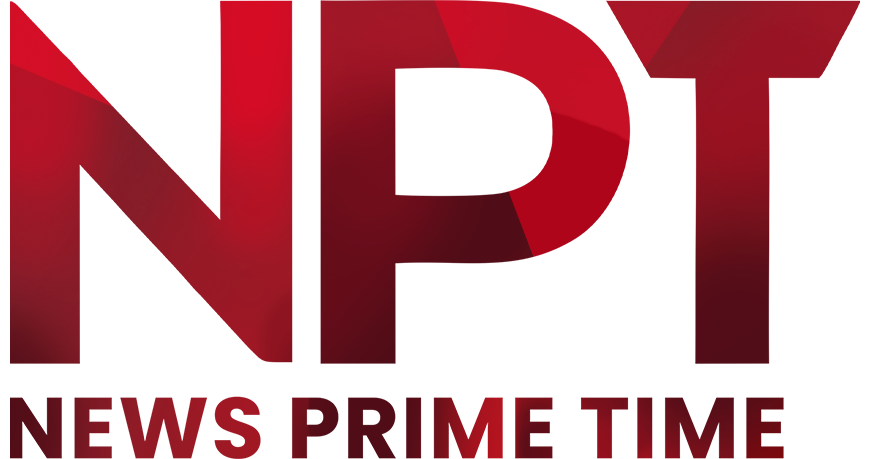In the intricate dance of international commerce, moments of friction can often redefine relationships. Recently, the global stage observed one such moment as the United States, under then-President Donald Trump, announced a significant 25% tariff on India. This move stemmed from concerns over India’s trade practices and its continued energy and military engagements with Russia, particularly an increase in crude oil imports following geopolitical shifts. The announcement, furthermore, signaled a potent challenge to existing trade dynamics, prompting immediate reactions and strategic re-evaluations from both nations.
The American Perspective: Citing “Highest” Barriers
The decision to impose tariffs was articulated by President Trump, who described India’s trade barriers as “the highest” and “most strenuous and obnoxious.” This characterization underscored a perceived imbalance in the bilateral trade relationship. Additionally, the increasing energy purchases from Russia by India were highlighted as sending an unfavorable message, especially given broader international contexts. The US administration’s stance, therefore, aimed to leverage economic pressure to push for what it considered a more equitable trade environment and to influence geopolitical alignments. It is worth noting, however, that these tariffs were announced even as a US trade delegation was preparing for discussions in New Delhi, suggesting a complex interplay of negotiation and assertion.
India’s Measured Response: Securing National Interest
India, for its part, “took note” of President Trump’s statement with a measured and strategic response. The Indian Centre confirmed it was meticulously studying the implications of the tariffs, emphasizing its unwavering commitment to forging a “fair, balanced, and mutually beneficial bilateral trade agreement” with the United States. Furthermore, the Indian government reiterated its resolve to safeguard its national interests, prioritizing the well-being of its farmers, entrepreneurs, and Micro, Small, and Medium Enterprises (MSMEs). This stance highlights a nation determined to protect its domestic economy while still seeking amicable resolutions on the global trade front.
The Continuing Dialogue and Future Outlook
Despite the imposition of tariffs and the diplomatic friction, the broader context of US-India trade relations remains significant. The United States continues to be India’s largest trading partner, a relationship that generated a substantial trade surplus for India between 2021 and 2025. This historical and economic depth suggests that while immediate challenges exist, the underlying motivation for continued engagement remains strong. Therefore, bilateral trade talks are anticipated to persist, with both nations likely seeking pathways to address their concerns while preserving the extensive economic ties that bind them. The dynamic nature of global trade ensures that such tensions, while impactful, often pave the way for renewed negotiations and evolving partnerships.
In conclusion, the tariff imposition by the US on India represents a critical juncture in their economic partnership. However, the commitment from both sides to continue dialogue and prioritize their respective national interests suggests a pragmatic approach to navigating these complexities. The episode serves as a reminder that in an interconnected world, economic decisions frequently carry geopolitical weight, shaping the contours of international relations for years to come.









